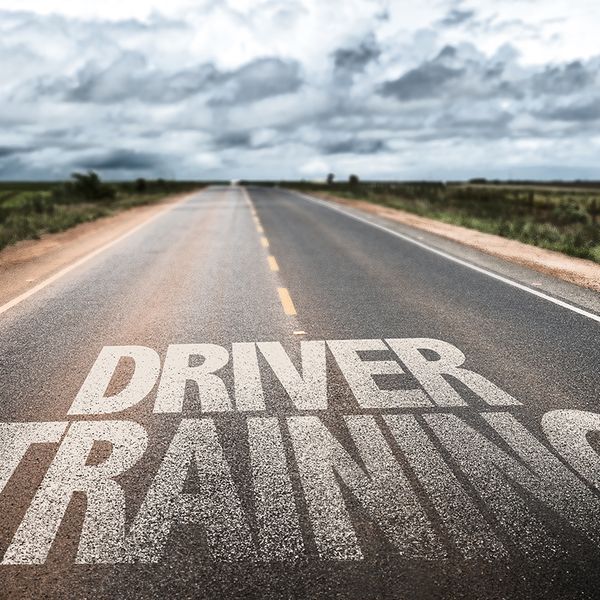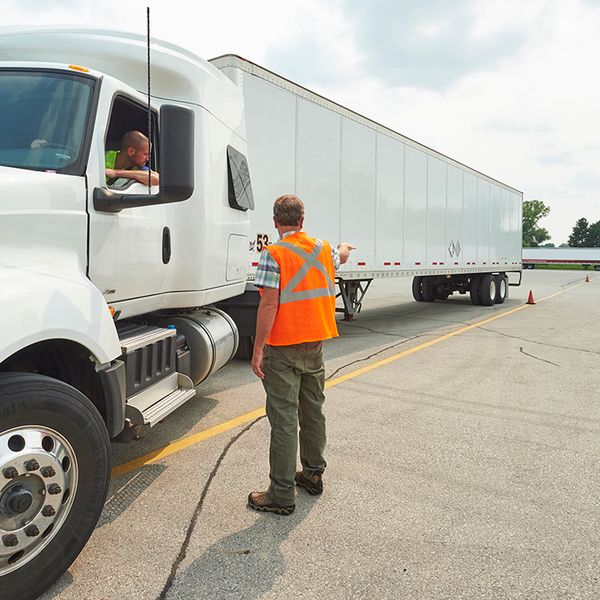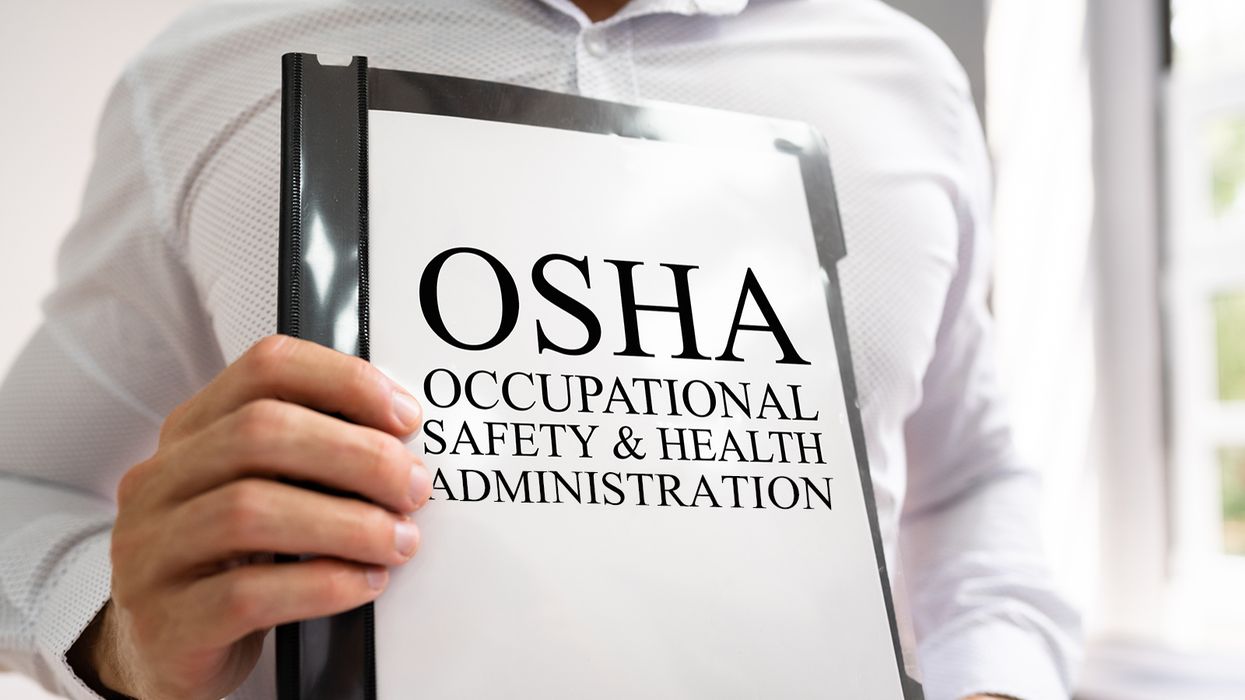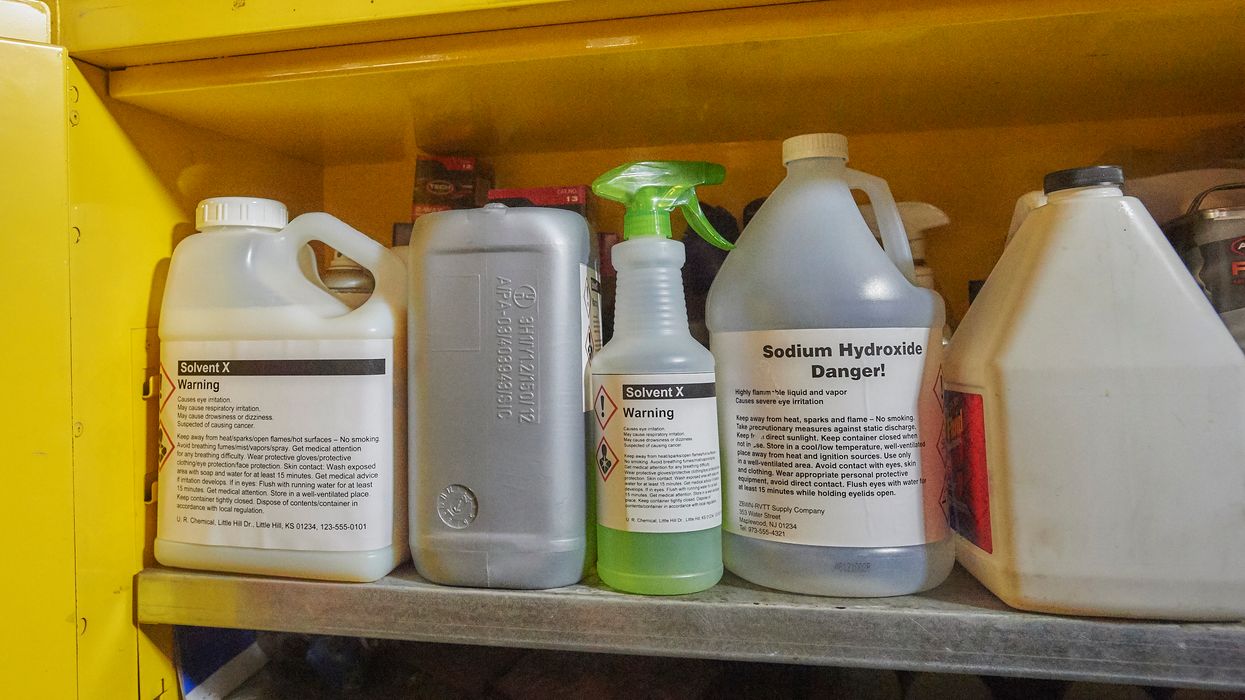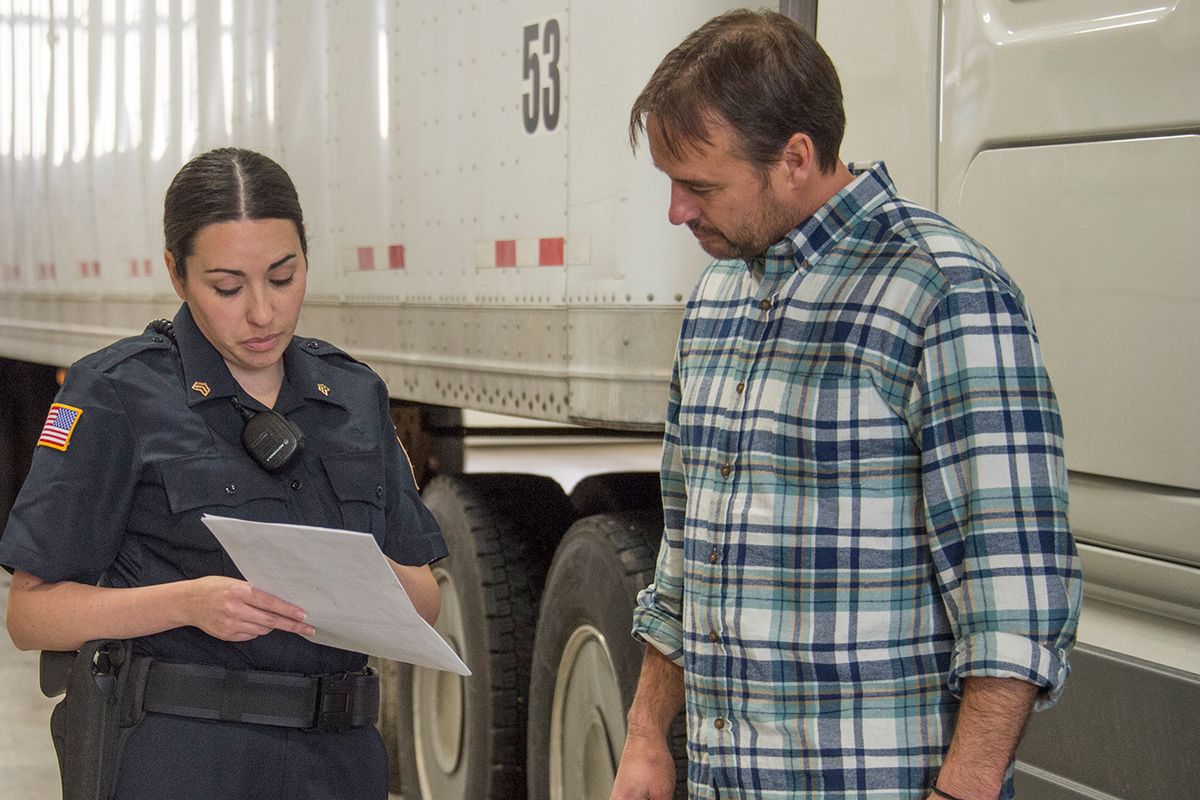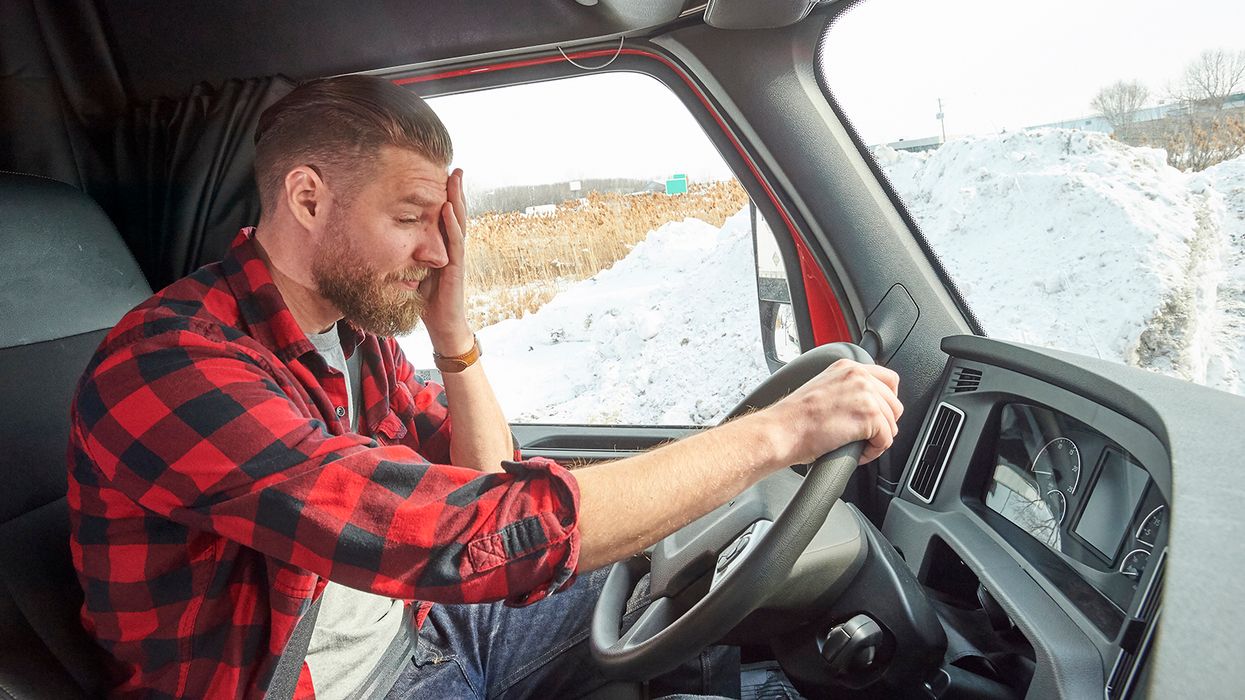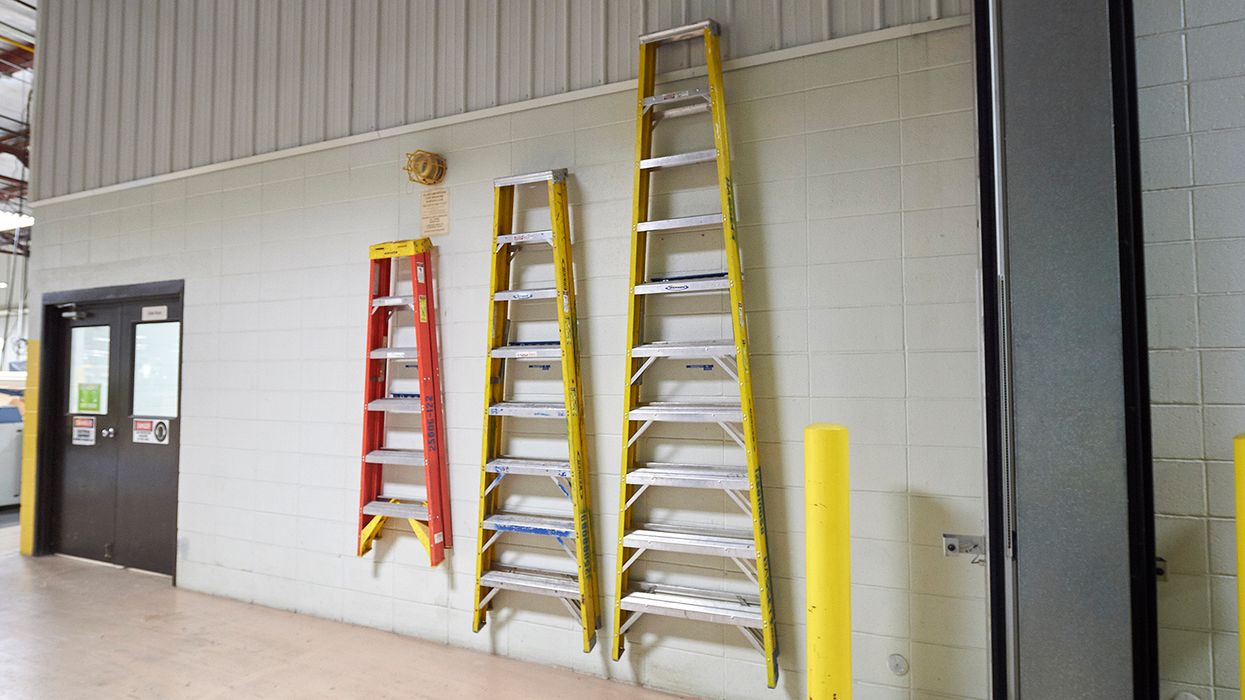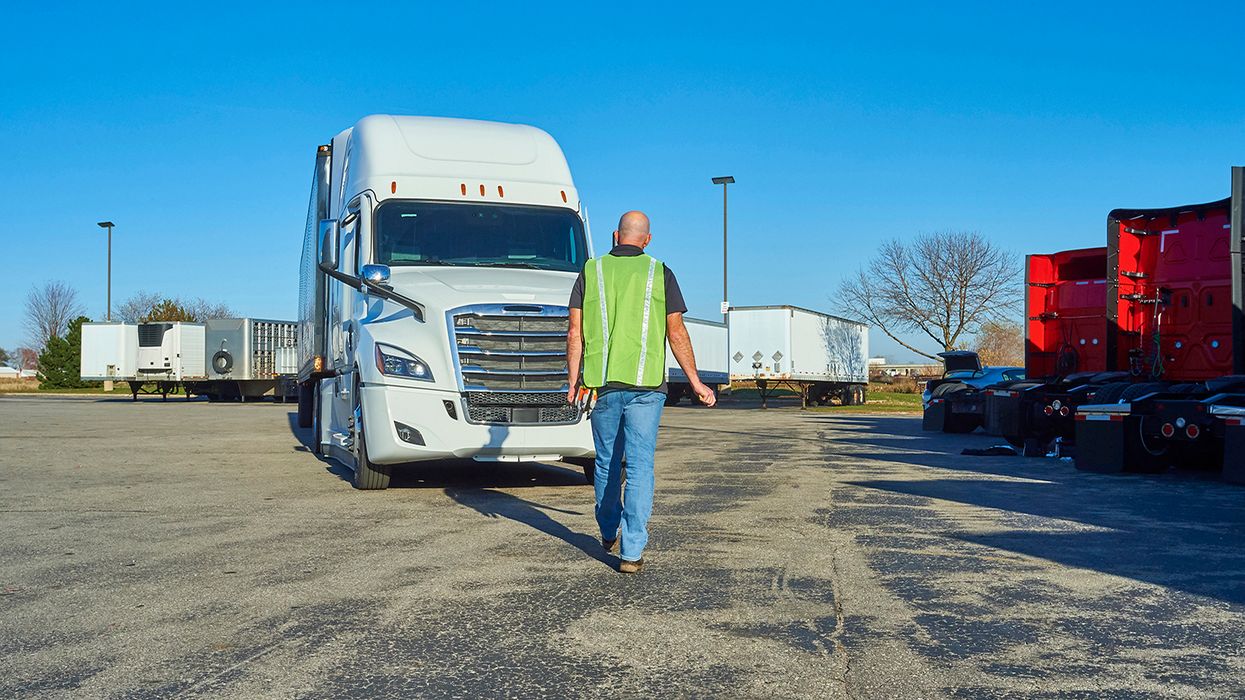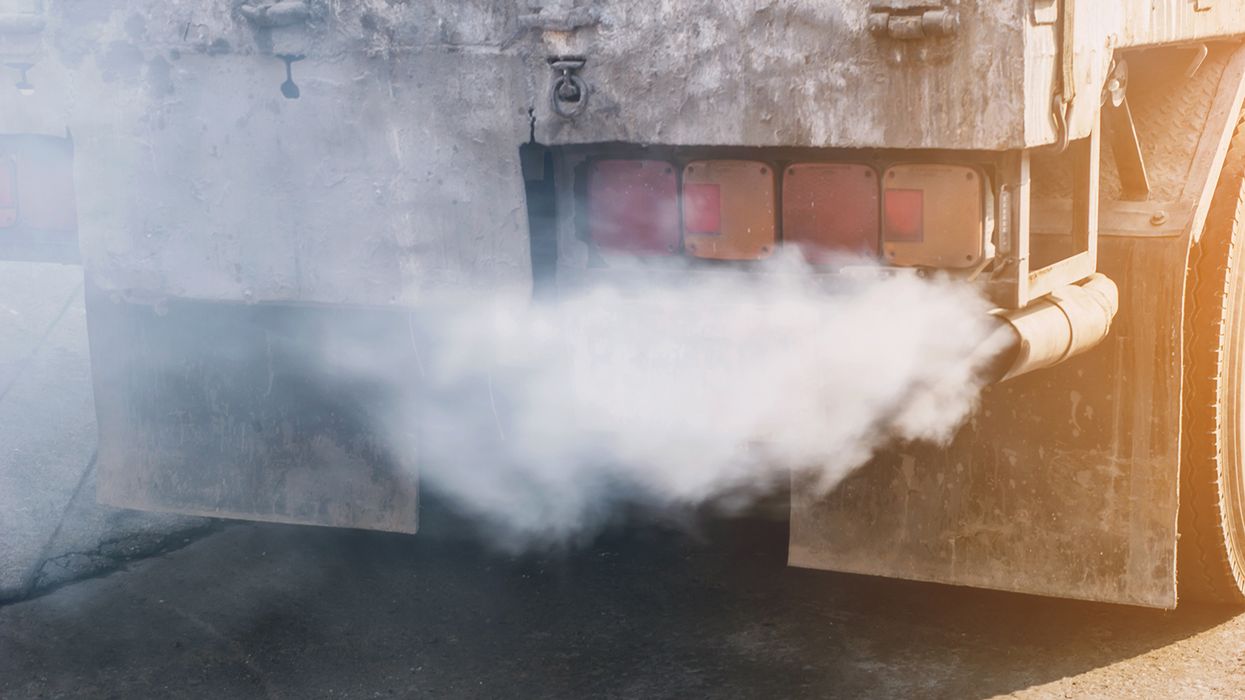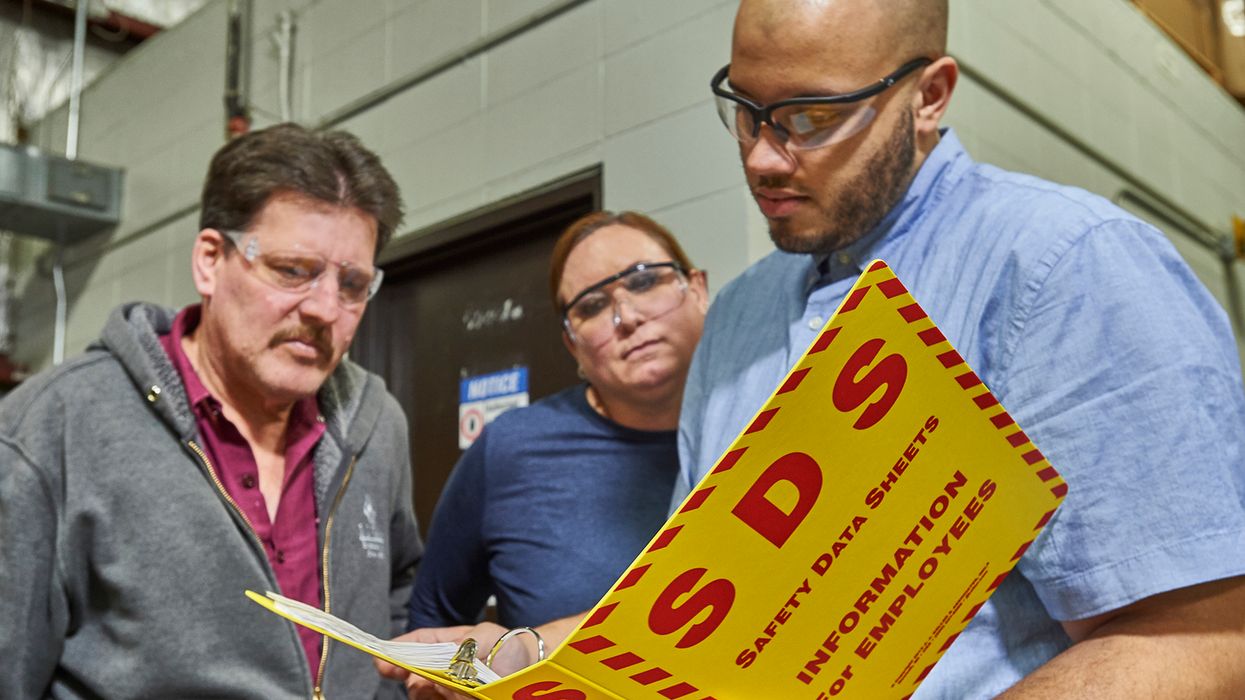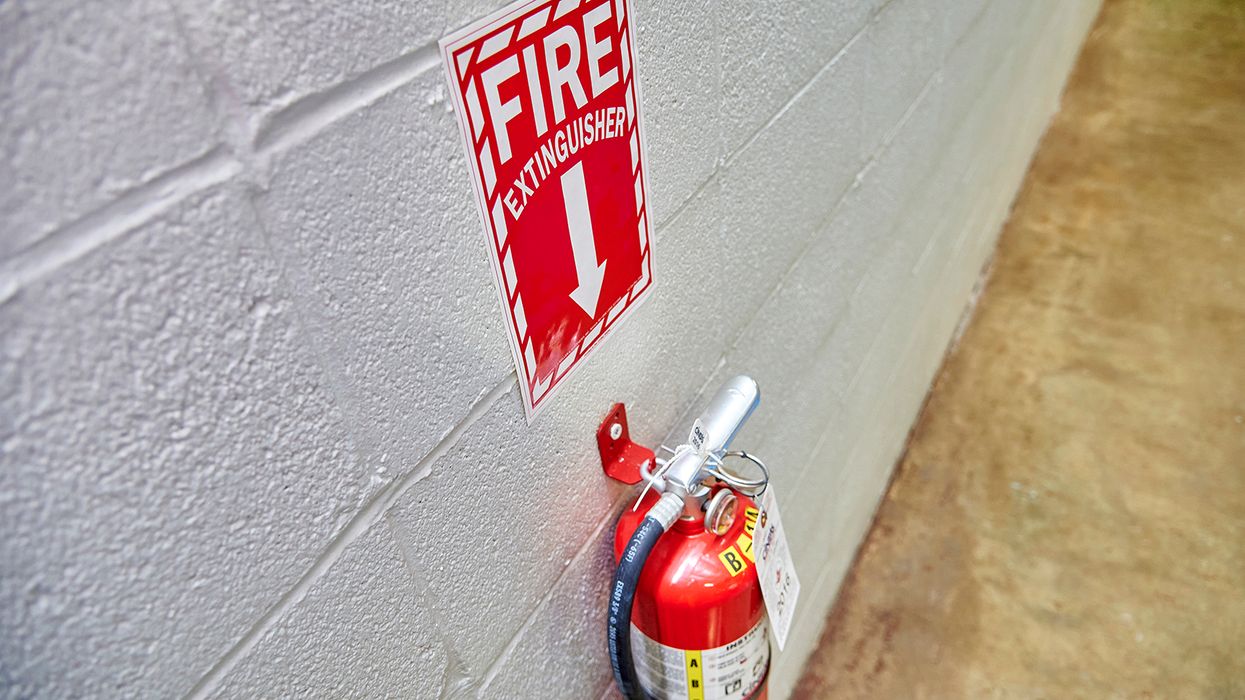Still Have ELDT Questions? You're Not Alone
Though the entry-level driver training (ELDT) rule has been in place for over three years, we still receive many questions related to the requirements. Here’s a look at some of the questions we’ve recently received—and the answers that can help you stay compliant.
Location, location, location
Question: I work for a motor carrier that has three terminals. One of our terminals is listed on the ELDT Training Provider Registry (TPR). The other two terminals are not listed on the TPR, but we do conduct ELDT behind-the-wheel instruction at these locations. One of my supervisors has stated that he doesn’t think this is allowed. Is this true?
Answer: Your supervisor is correct. Each location where ELDT occurs must be registered on the TPR.
Behind-the-wheel changes?
Question: I heard that the Federal Motor Carrier Safety Administration (FMCSA) has made changes to the ELDT behind-the-wheel requirements and now requires a student to have a set number of range and road hours. Is this true?
Answer: No, this is not true. The ELDT behind-the-wheel requirements have not changed. There isn’t a set number of instructional hours required for behind-the-wheel instruction (range or road).
The determination of proficiency is based on the instructor’s professional judgment with the student being able to successfully perform each required maneuver multiple times.
Do note that states are allowed to have additional requirements that go above and beyond the ELDT requirements. Check with your state for any additional requirements.
Documentation
Question: As an ELDT provider, are there any documentation requirements we must follow?
Answer: All training providers on the TPR must retain the following records (380.725):
- Self-certifications by all accepted applicants for behind-the-wheel training, attesting that they will comply with the regulations in Parts 40, 382, 383, and 391, as well as state and/or local laws related to alcohol and controlled substances testing, age, medical certification, licensing, and driver records;
- A copy of the driver-trainee’s commercial learner’s permit (CLP) or commercial driver's license (CDL);
- Instructor qualification documentation indicating driving and/or training experience, as applicable, for each instructor, and copies of CDLs and applicable endorsements held by behind-the-wheel instructors or theory instructors;
- The lesson plans for theory and behind-the-wheel (range and public road) training curricula; and
- Records of individual entry-level driver training assessments.
Training providers listed on the TPR must keep training-related records for at least three years from the date each required record is generated or received. If a record, such as a behind-the-wheel instructor’s CDL, has expired or has been canceled, the most recent, valid CDL should be kept. The records should be kept longer if required by state or local law.
Hazmat instructor requirements
Question: Does an ELDT hazmat endorsement instructor need to possess CDL with a hazmat endorsement.
Answer: Yes. All theory and behind-the-wheel instructors (including hazmat theory instructors) must have appropriate class of CDL including appropriate endorsement(s). They must also have a minimum of two years of experience:
- Driving a CMV requiring the CDL (including appropriate endorsement(s)), or
- As a behind-the-wheel CMV instructor.
Refresher training
Question: Is refresher or follow-up ELDT required?
Answer: No, the ELDT rule does not require refresher or follow-up instruction. ELDT is a one-time requirement.
Key to remember: Though the ELDT requirements are over three years old, issues and questions remain.





